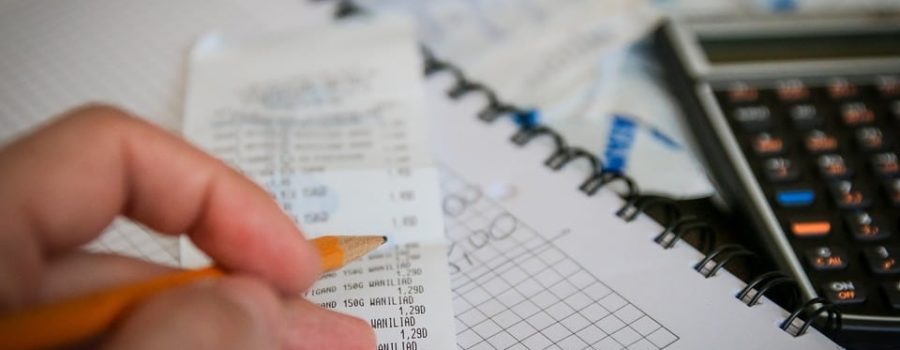The tax you pay on pension withdrawals should be simple, in theory at least. When taking a withdrawal from a money purchase (defined contribution) pension, in most cases you can take 25% of the pension pot tax-free and the balance is then subject to income tax.
The tax-free cash you take from your pension pot doesn’t use up any of your income tax personal allowance, which is a standard rate of £11,850 in the 2018/19 tax year. The amount of income tax you pay on the taxable part of the pension withdrawal depends on how much other taxable income you receive in a tax year.
Despite this relative simplicity, in practical terms pension withdrawals can result in overpayments of income tax. In fact, new figures from HM Revenue & Customs (HMRC) show than more than £280m of income tax has been overpaid since the start of ‘pension freedoms’ in April 2015.
In the first quarter of this year alone, more than £22m had to be repaid by HMRC to more than 10,000 taxpayers, who were taxed too much on their pension withdrawals. In most cases, an ‘emergency’ tax code was applied to the taxable withdrawal, resulting in the tax overpayment which later needs to be reclaimed.
Emergency tax codes are designed to be temporary and do not reflect an accurate level of income tax you should be paying, usually resulting in a bigger chunk of your pension withdrawal being taxed than it would have been if an accurate tax code had been applied.
Commenting on the scale of tax overpayments on pension withdrawals since the introduction of pension freedoms, Steve Webb, Director of Policy at Royal London said:
These quarterly figures are a regular reminder of the absurd way in which pension withdrawals are taxed. HMRC is perfectly happy to over-tax tens of thousands of people each year and make them jump through hoops, having to choose between three different forms to complete and then wait to get their money back.
This is a system run for the convenience of HMRC, not the taxpayer. It is time to move to a simple system where basic rate tax is withdrawn at source and any adjustment is made through end year tax returns.
In order to claim back overpaid tax on pension withdrawals, one of three different HMRC forms need to be completed, depending on your circumstances. These forms are:
- Form P50Z, which is used when your pension withdrawal empties the pension pot and you have no other taxable income;
- Form P53Z, which is used when your pension withdrawal empties the pension pot and you have other taxable income;
- Form P55, which is used when you make a pension withdrawal which leaves money behind in the pension pot, but the withdrawal is not a regular withdrawal.
This final option, form P55, is the most commonly used, with 6,218 taxpayers completing it in the first quarter of the year.
If you’re making a taxable withdrawal from your pension pot, it’s important to consider what level of income tax will be deducted, as this could leave you with less than you expected in your bank account, at least until HMRC has processed any refund due.
Taking a taxable withdrawal from your pension pot can also result in a lower annual allowance being applied on any future pension contributions, known as the Money Purchase Annual Allowance (MPAA).
For the 2018/19 tax year, this MPAA is £4,000, so significantly lower than the £40,000 usually available and an important consideration if you are likely to want to make pension contributions in the future.

